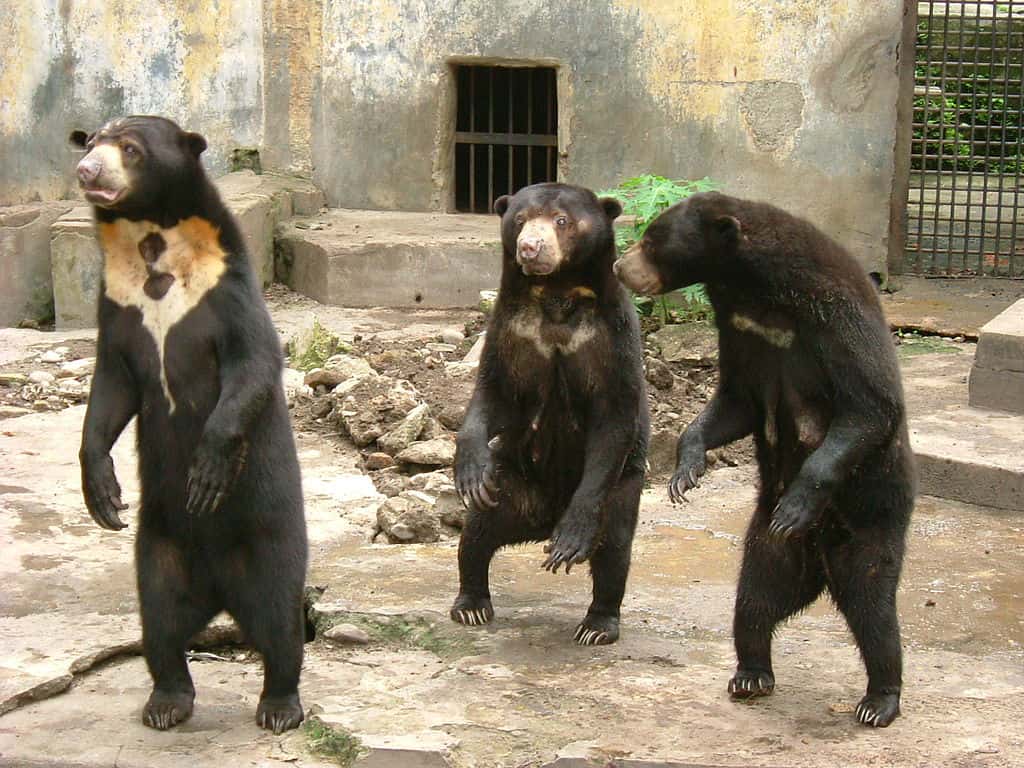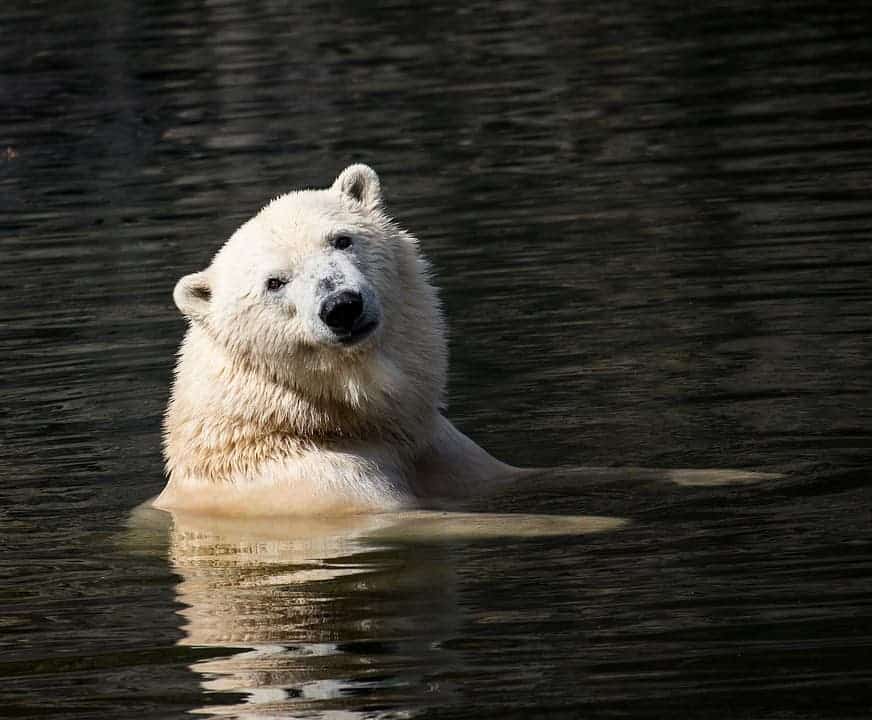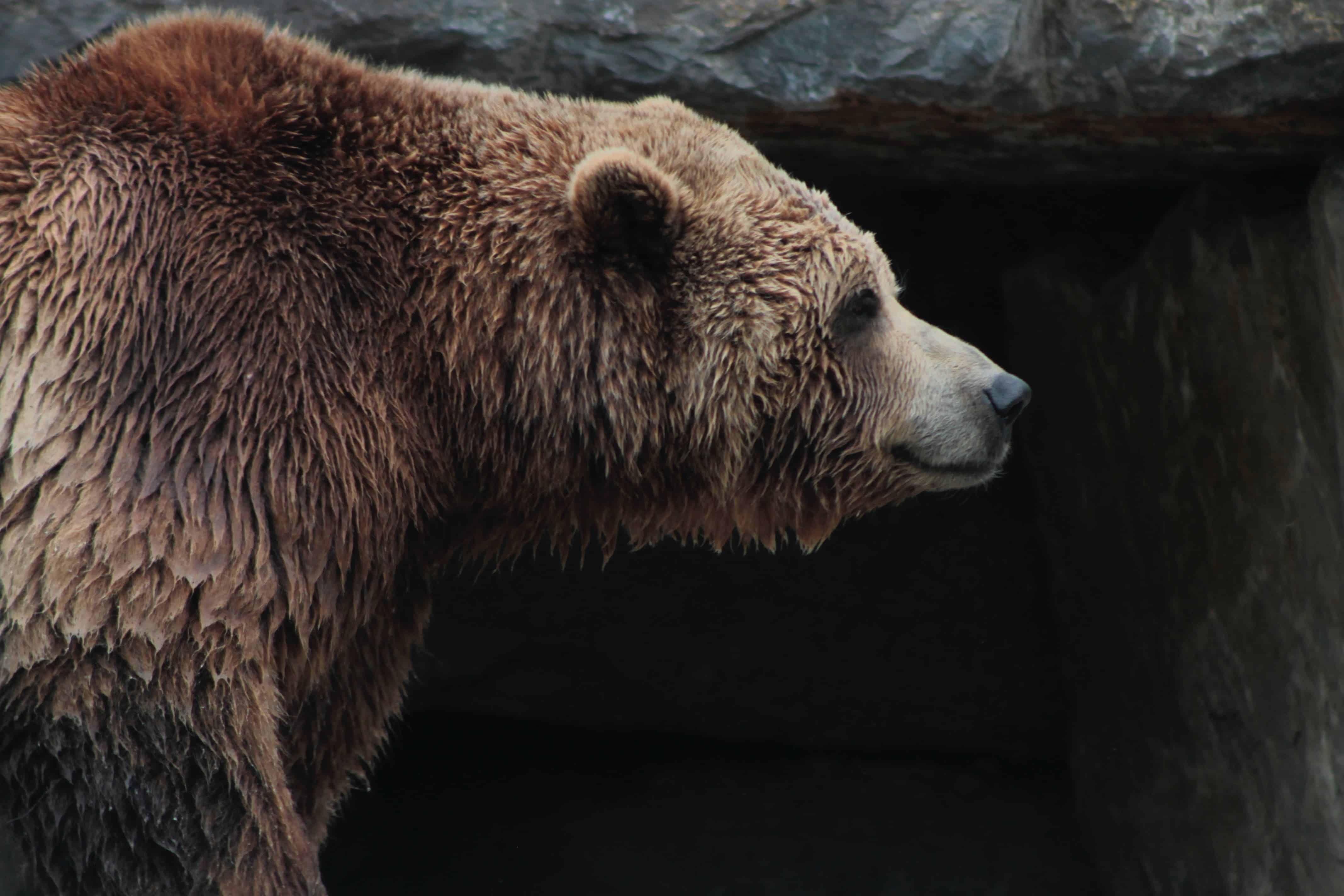In what has to be one of the more bizarre stories of the year, a zoo in eastern China has denied claims that its sun bears are in fact people wearing costumes after a video of a bear standing like a human went viral on social media. Hangzhou Zoo said people “don’t understand” the endangered species, which are generally the size of a large dog and are native to the rainforests of SouthEast Asia.

The confusion started in late July, when a video appeared on the Chinese social media network Weibo of a sun bear (Helarctos malayanus) named Angela standing on a rock in its zoo enclosure, standing like a person. Some Weibo users casted doubt on the truth of the bear, accusing the Hangzhou Zoo of using a dog or human impostor.
Users had at least some reasons to be suspicious. At panda reserves, keepers sometimes wear costumes to reduce the animals’ stress and to run animal escape drills. The debate became a trending topic on Weibo, attracting millions of views, and the zoo felt compelled to reply in a statement – but from the perspective of the bear Angela.
“Some people think I stand like a human, and it seems that you don’t understand me that much,” the Hangzhou Zoo wrote on its official social media account, speaking like Angela. “Previously, some tourists thought that I was too tiny to be a bear. I have to emphasize again: I am a Malayan sun bear! Not a black bear! Not a dog! A sun bear!”
This is a real bear, not a human dressed in costumes! A four-year-old Malayan sun bear named Angela in a Hangzhou zoo went viral on China’s social media as a video showed the world’s smallest bear standing upright and waving to tourists just like a human. pic.twitter.com/Azv2tTVJhv
— Yicai Global 第一财经 (@yicaichina) August 1, 2023
An expert told NBC News that the speculation was unfounded. The animal seen in the video is “a sun bear for sure,” said Wong Siew Te, a wildlife biologist and the founder of the Bornean Sun Bear Conservation Centre in Malaysia. “Sun bears could be very human-like. They stand like humans and walk like humans,” he added to NBC.
Charles Robbins, director of research at the Washington State University Bear Center, told New York Times that the bear was likely begging for food. “Looks like a sun bear. Presumably, the bear has been rewarded with food by the crowd for standing, so it learned very quickly to do just that,” adding bears usually rely on their hind legs.
The smallest bear
The sun bear holds the title of the smallest bear, with a maximum height of 1.3 meters (51 inches) when standing on its hind legs. In contrast, other bear species can reach up to 2.8 meters (110 inches) tall in the same posture. They earn their name for the white or yellow patch of fur on their chest, which can be seen as the rising sun.
Their tongue is the lengthiest of any bear, measuring nearly ten inches. The species even has the Guinness World Record for this feat. This comes in very handy to take honey out of bee hives, giving them the nickname “honey bear”. Aside from this, the sun bear also eats fruits, as well as insects, including beetles and ants.
The sun bear is listed as a vulnerable species with population numbers that are decreasing, according to the International Union for Conservation of Nature (IUCN) Red List of Threatened Species. While they occupy several countries in south and southeast Asia, the World Wildlife Fund estimates that the bears’ numbers have already plunged by about 30%.
Deforestation and poaching are among their main threats, with poachers targeting their gallbladders for Chinese traditional medicine and their paws for food. Their bile is also looked for, used in China and Vietnam for lotions and eye drops. However, there’s some hope ahead, as conservationists are rescuing and rehabilitating many bears.






